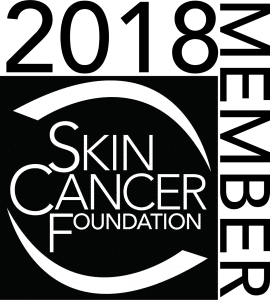 One important aspect of correctly treating your skin is knowing which skin type you have. So, in honor of National Healthy Skin Month, here are some helpful tips to determine your skin type.
One important aspect of correctly treating your skin is knowing which skin type you have. So, in honor of National Healthy Skin Month, here are some helpful tips to determine your skin type.
There are three major skin types: dry, oily, or combination.
• The characteristics of dry skin typically include skin feeling tight, and can also be flaky or itchy.
• Oily skin can be determined by shiny skin. It is generally more prone to breakouts and acne.
• Combination skin is just that, a combination of dry and oily skin. In many cases, combination skin includes dry patches on the cheeks, with an oily forehead and nose.
It is important to note that any skin type can also be classified as sensitive skin. If your skin is particularly sensitive, be sure to pay close attention to the products and treatments used on the skin to avoid irritation.
One test to determine your skin type is the bare-face test. For this method, wash the skin with mild cleanser and do not apply any other products. After waiting 30 minutes, pay close attention to how your skin feels. If it feels tight when making facial expressions, there is a good chance you have dry skin. However, if the skin looks shiny all over, you probably have oily skin. Lastly, if you are feeling dry on some parts of the face, and oily in others it can be concluded as combination skin.
Another test that will determine skin type uses blotting sheets. Blotting sheets can be purchased at any drug store and are great for keeping skin oil free! To test your skin type, rub a blotting sheet over the face, then hold it up to the light. If the paper is covered in oil, you can conclude that your skin type is oily and visa-versa for dry skin. This test might be a little trickier to determine combination skin. However, one work around would be to use one blotting sheet for the cheeks, and another the forehead and nose.
Of course, for any ongoing or stubborn skin issues, we recommend seeing a professional dermatologist. To learn more or schedule an appointment, click here!
































